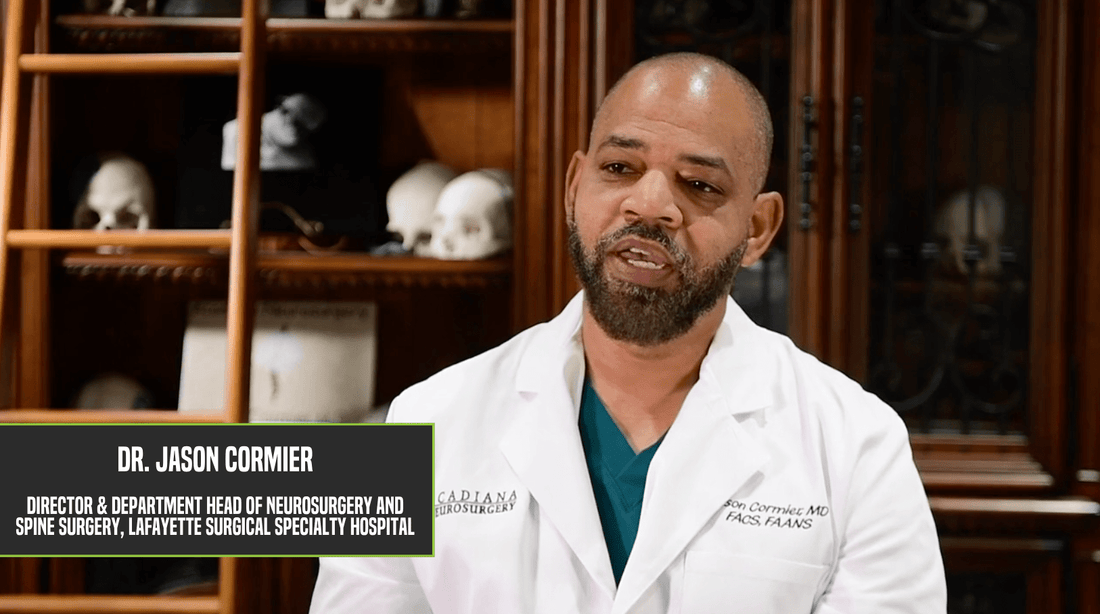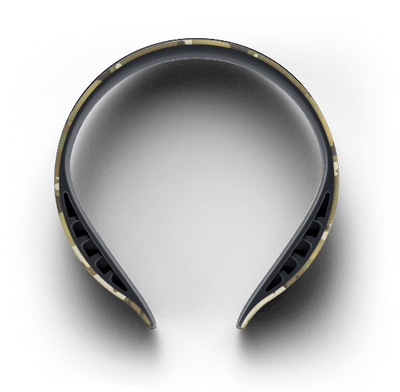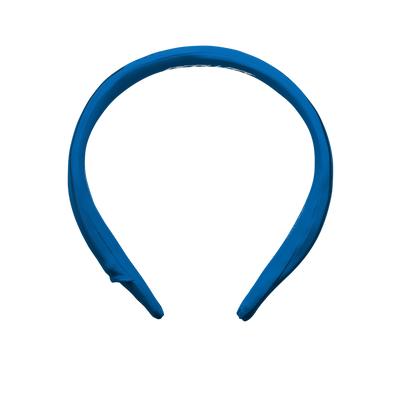Q30 Medical Advisor, Dr. Jason Cormier, is a Louisiana-based neurosurgeon who has spent years studying and treating concussions and traumatic brain injury (TBI). He graduated from LSU School of Medicine and went on to complete his training in Neurosurgery and General Surgery at Duke University and The University of Alabama-Birmingham.
Now, Dr. Cormier is the Director & Department Head of Neurosurgery and Spine Surgery at Lafayette Surgical Specialty Hospital in Lafayette, LA. He has been named one of “America’s Top Surgeons” by the Consumers Research Council of America, and he has been working to make football and car racing safer in conjunction with the NFL, Formula 1, The National Hot Rod Association (NHRA), NASCAR, and more.
Below, Dr. Cormier identifies how an injury to the brain occurs and explains the five reasons why it’s crucial to be informed about the effects of repetitive head impacts and the risk associated with playing contact sports. To listen to the full video, click HERE.
-
“Repetitive traumatic brain injuries, in simple terms, is like repeatedly dropping fragile glassware onto a hard surface. Each time the glass is shattered a little more, causing cumulative damages that become more difficult to repair, and many times, irreversible.
The injury to the brain occurs from the movement or motion of the brain as it contacts internal surfaces of the skull, moving forwards, backwards, and perhaps a second time, and we know that the rotational forces are particularly the most injurious to the brain. While helmets remain critical to head safety, helmets are unable to effectively mitigate the acceleration and subsequent deceleration of the brain, in particular the angular and rotational forces associated with the types of violent motion of the brain generated inside of the skull. We call this slosh.
Why is this important to know as an athlete or as a parent?
- Health and Safety. Recognizing the risk associated with repetitive head impacts allows athletes and their parents to make better decisions about participating in those particular sports. It can help in taking the appropriate precautions to minimize the risk associated with TBI.
- Informed Consent. Athletes can make choices about their participation in those particular high contact sports where they understand the potential consequences. Parents too can make decisions regarding their child’s involvement in activities with full knowledge of the associated risk.
- Early Protection and Management. Knowledge of repeated brain injuries or impacts enables early detection of potential brain injuries which can lead to timely medical evaluations and management. This can be crucial in terms of preventing long term damage for the brain.
- Long Term Wellbeing. Understand the risk can help athletes and parents prioritize long term wellbeing over short term goals, and the sharing of athletes’ health and cognitive functions are protected during and after their sports career.
- Advocacy for Safety Mechanisms and Measures. Awareness of the issues can lead to the advocacy and improved safety measures and regulations in sports, which will benefit the entire athletic community.
In summary, grasping the concept of predictive, preventative impacts are essential for making informed choices, protecting the health and advocacy for safety in the world of sports.
Remember, if the brain doesn’t move, the brain doesn’t get injured. Help protect your brain. Protect your life. Rely on devices that are proven to better protect your brain. Get the Q-Collar and protect your brain.”




